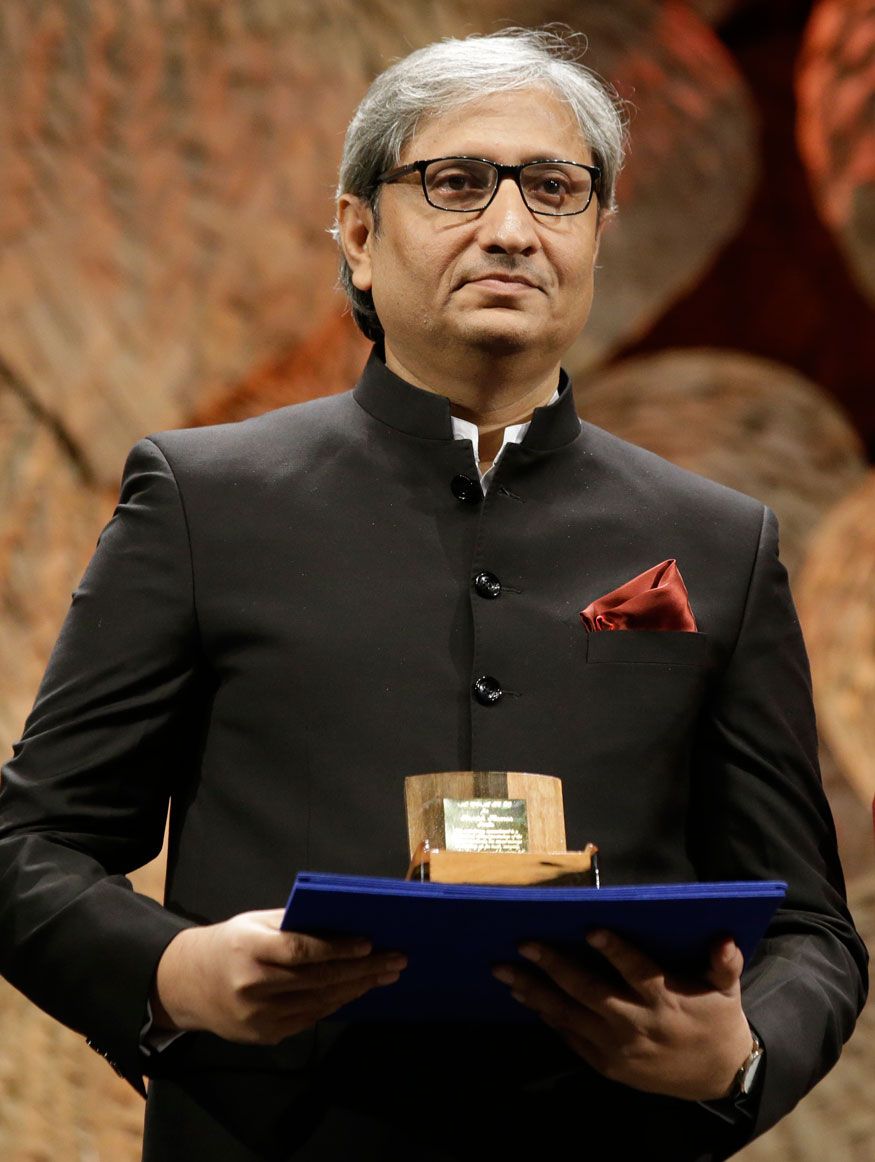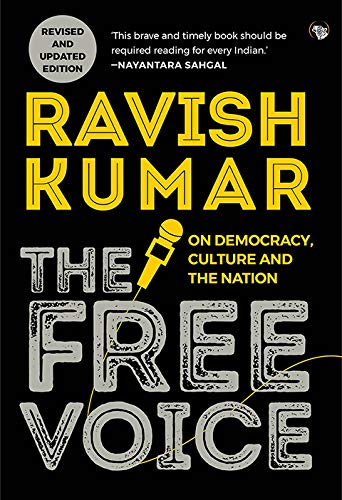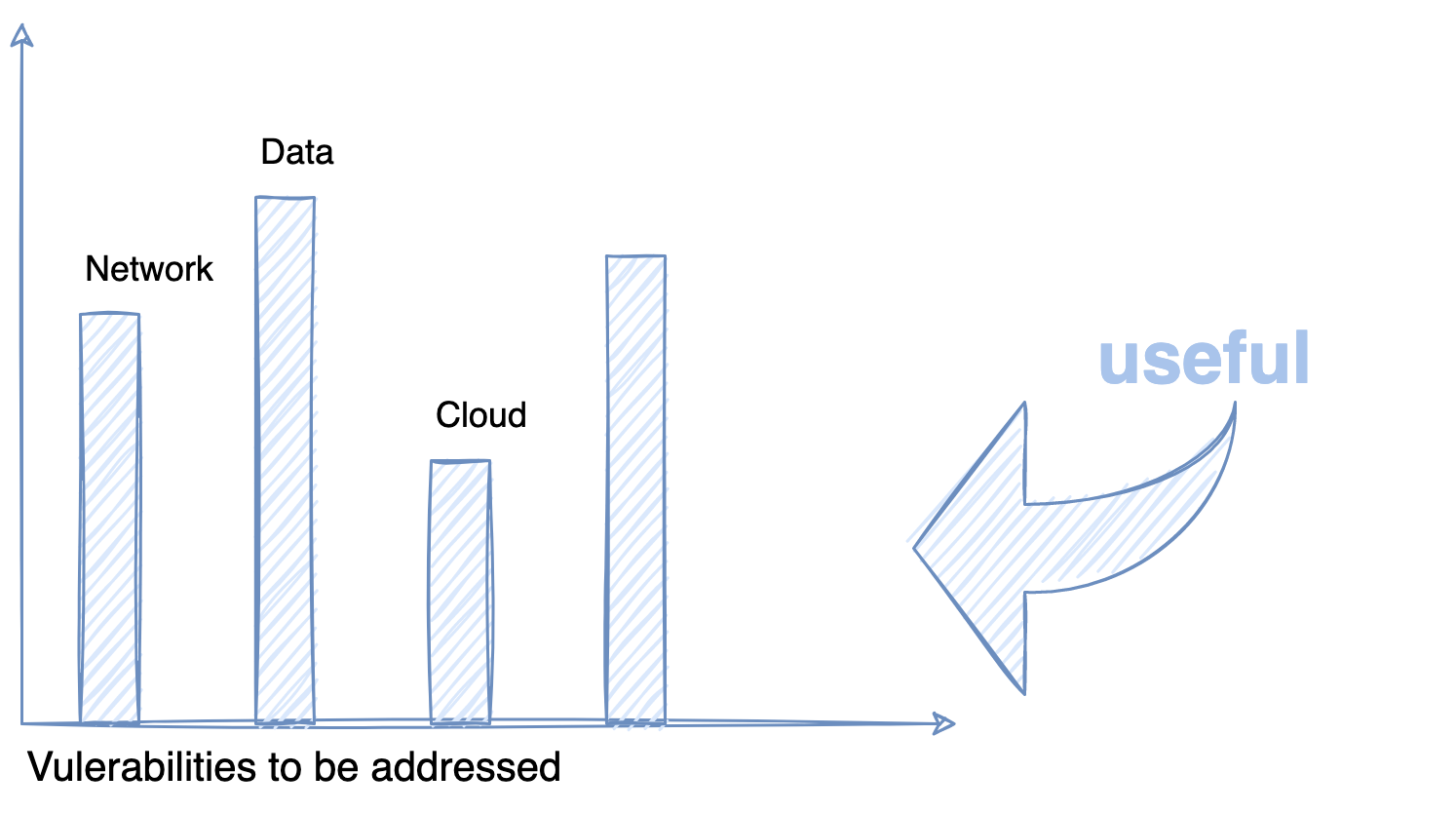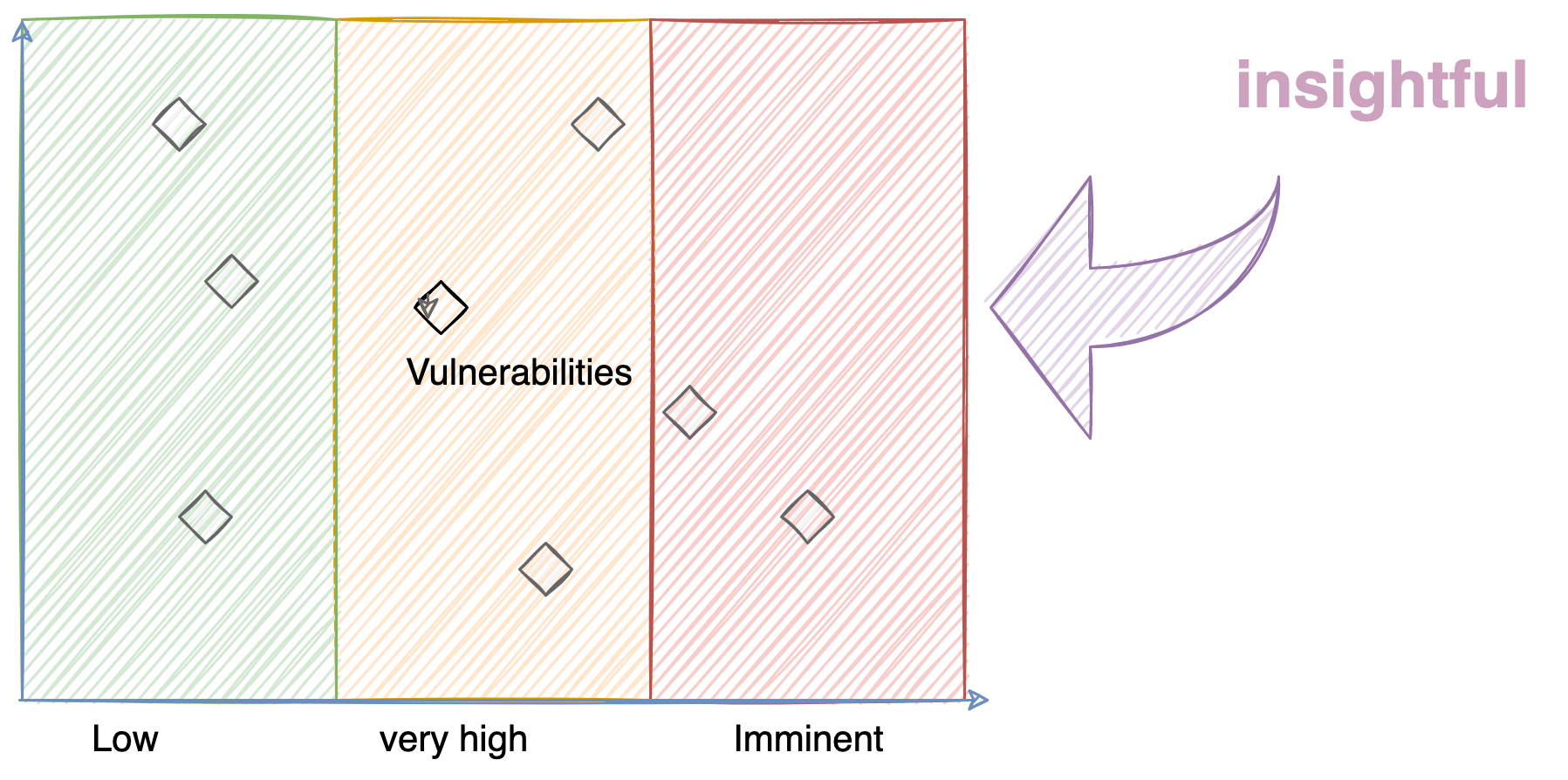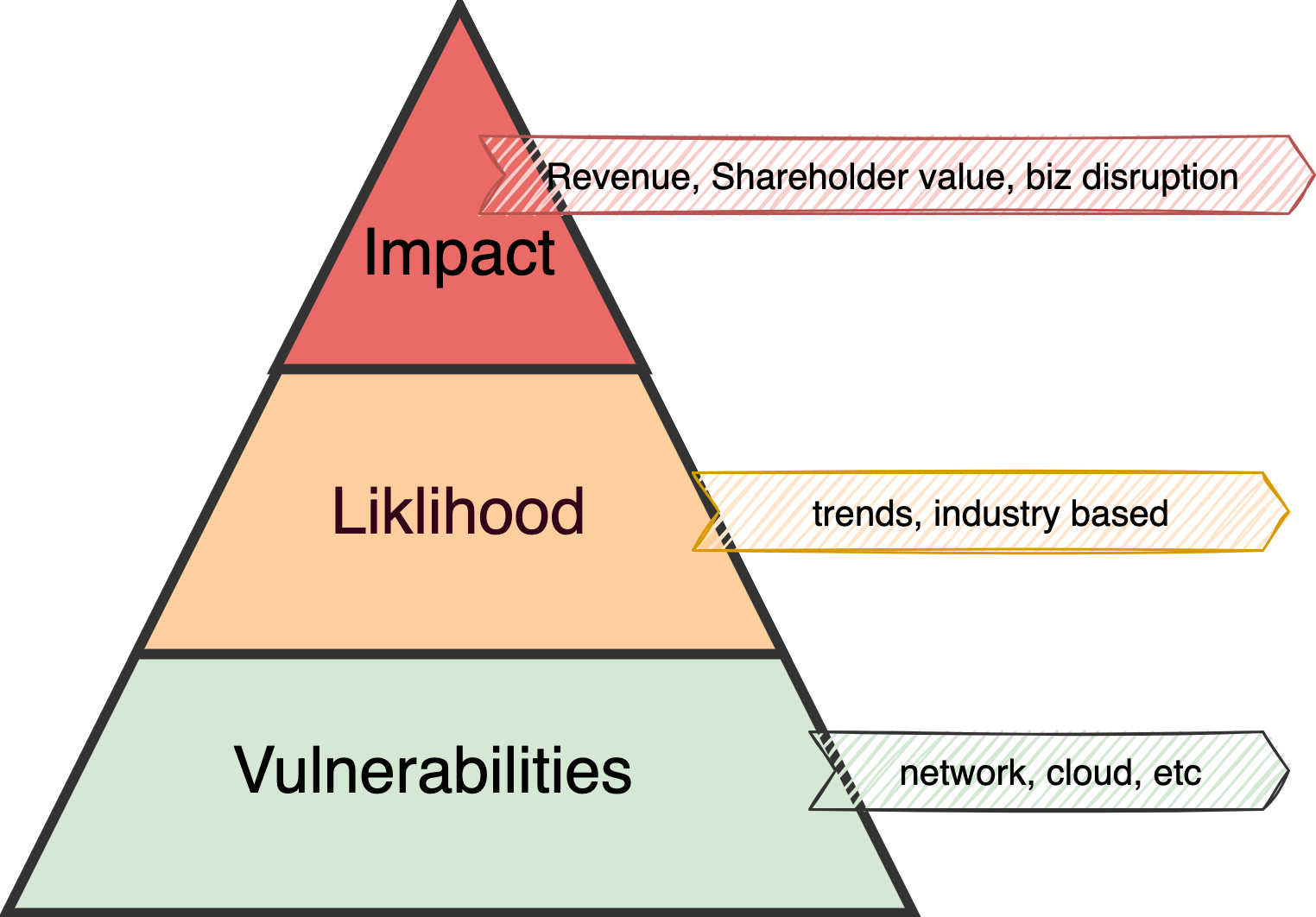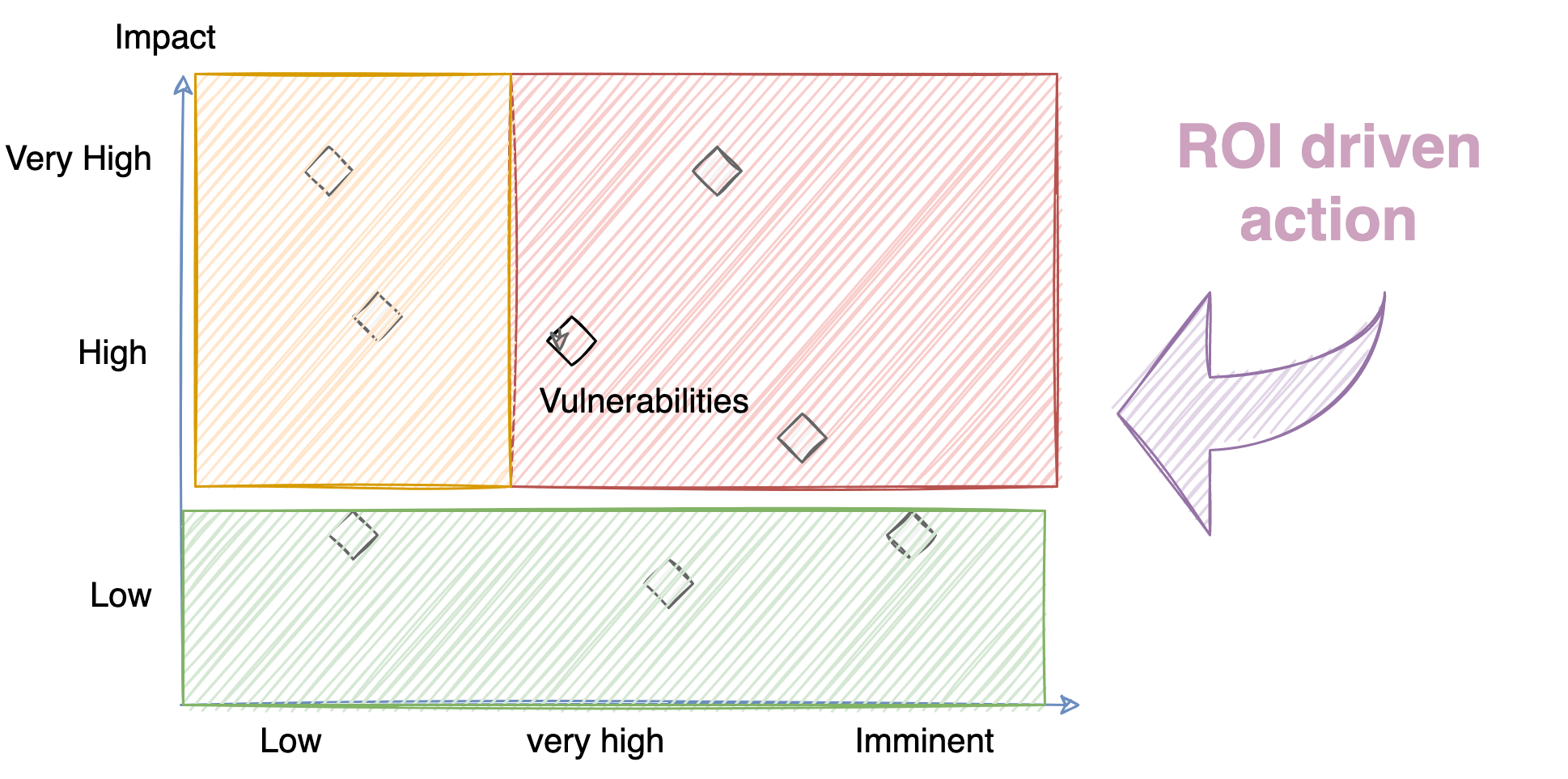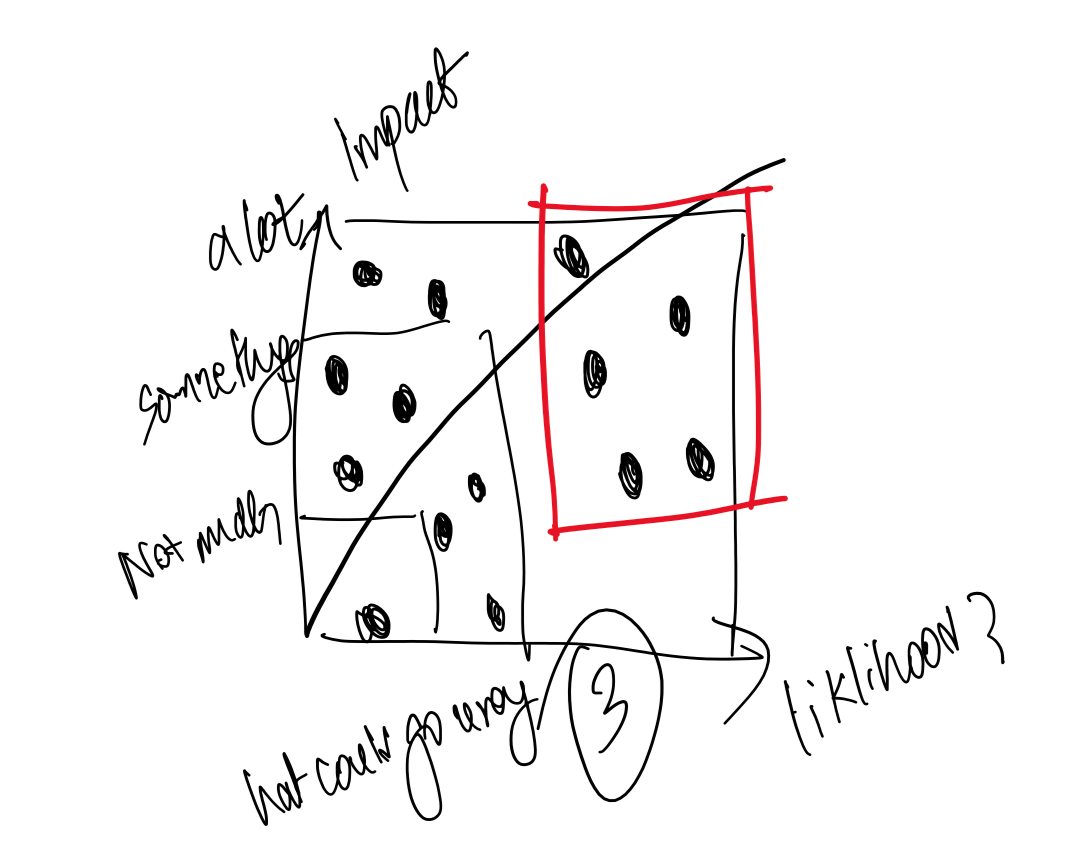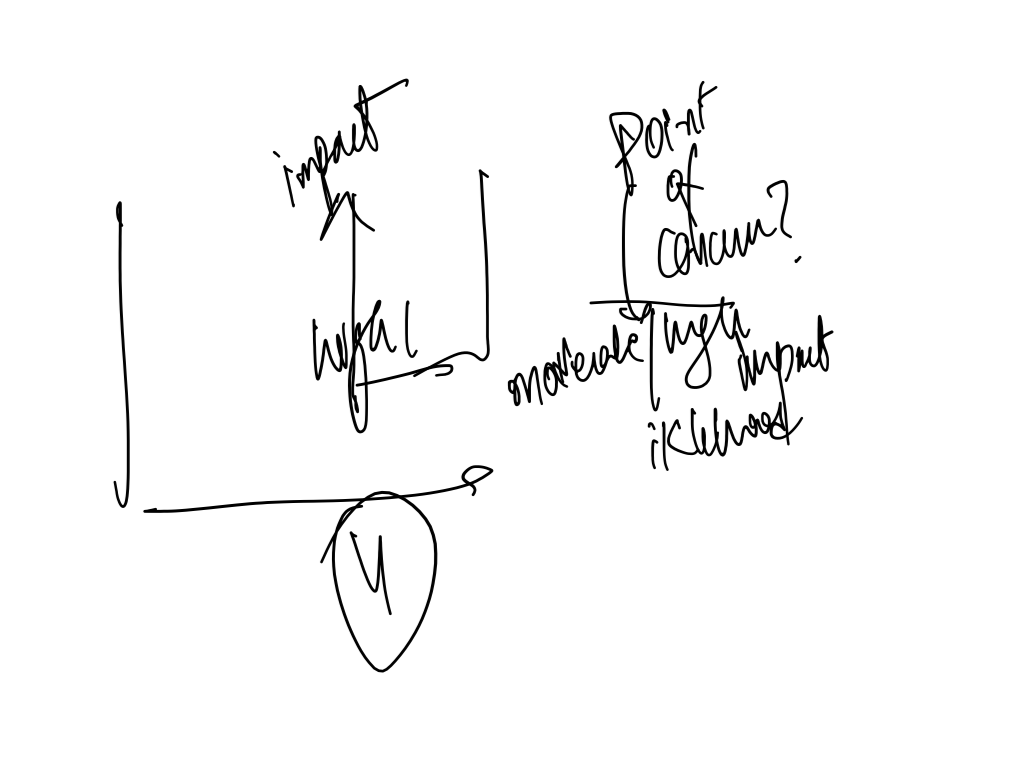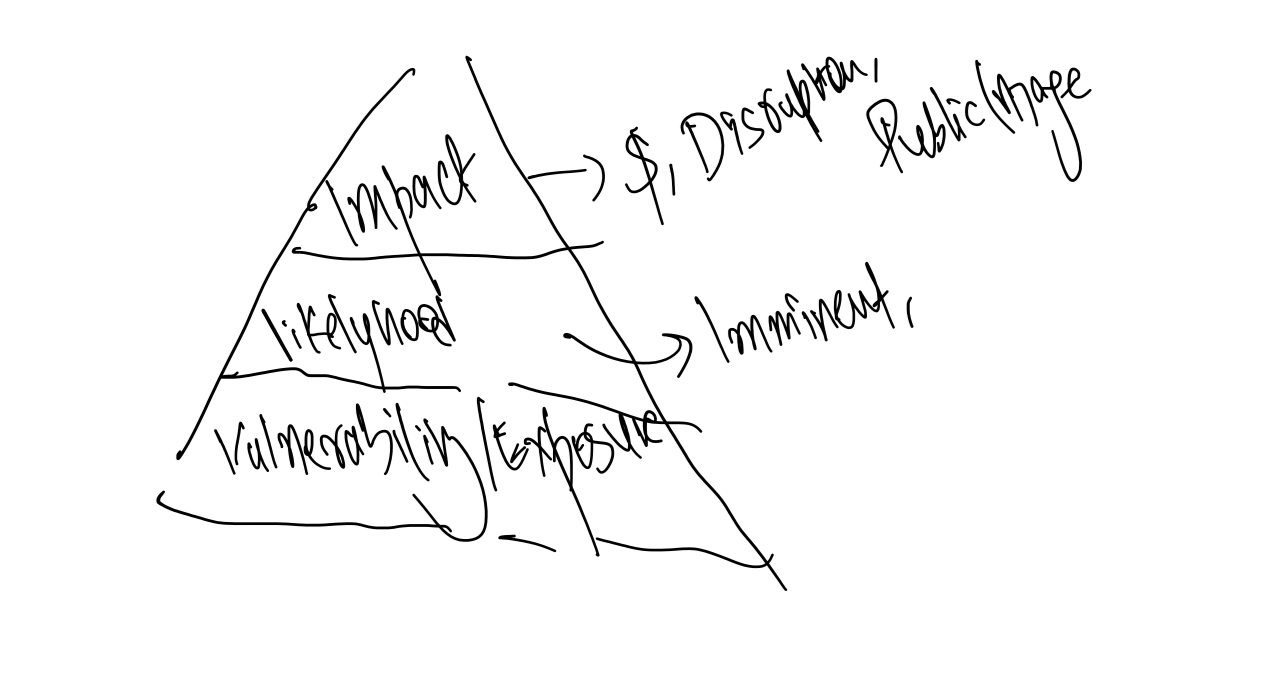I am writing this post to clear my mind and document where I was in the middle of 2024, a day before my birthday.
The last 4 months have been hard.
There is very little happening in the market.
B2b sales are down.
The pipeline is dry. My days are dead.
There are tons of ideas that I have executed to improve the situation:
- Attending conferences to bring in new leads.
- Reach out to every contact we have spoken to in the past 2 years. anyone with whom we have first-round meetings, demoss or any type of contact made this list.
- Drive inside sales team to industry-focused outreach, dedicated accounts list to reach into named accounts list.
- Writing campaigns that have a tremendous open rate but zero inquiries.
- Continuous training to the inside sales team on phone calls emails, and LinkedIn.
- Writing a ton of content on LinkedIn myself to share what I am learning (and hoping that this will spread the word, and get us established as a thought leader).
Nothing has worked so far.
The only positives have been:
- Increased views on LinkedIn. Some of my posts went into 6k views
- Strong open rates for emails written by me. these are over 15% open rates. Some of my written emails have been used by my team, which has done well.
I have a feeling of burning out.
However, There have been a few existing customer conversations. [I am planning to get involved deeply there].
What do I enjoy doing the most?
my ultimate favorite thing to do throughout my career is consulting and helping customers. specifically, working on a high-level transformation journey, where I get to study a CIO or CISO goals and turn that into vision. this generally requires understanding pain points across systems, use cases, goals, and systems. almost like a business architect or an enterprise business architect.
The second thing I enjoy the most in my roles is consulting at a granular level. driving initiatives and projects with my team, more like a delivery leader who can sell more and more to customers, by way of delivering results and building a relationship.
None of those are happening right now.
Existing customers are maximized and not the reason for our problems.
We cannot land new customers.
What can happen next?
There are a few scenarios that I can see playing out.
I have seen these play out in my head so many times.
It is worth writing on a piece of paper (or this blog) to get them out of my system.
- Status quo- Nothing changes for the next few weeks. After our company is merged with the acquiring company, then we see an uptick in conversations and opportunities.
- Finding another opportunity where I move out. This is a low-possibility item, given the market is slow, too many layoffs, and tons of talent in the market.
- Finding a new customer via our inside sales efforts. All it takes is one good opportunity that can change everything. this is likely, but inside sales trends have been poor in the past 4 weeks.
- I get fired. least likely knowing my CEO. but, if I were at any other place, I wouldn't be around. Most companies and leaders don't like to point things towards themselves, and it is easiest to fire others.
My CEO understands that and also knows that I am the best in the industry with the stack of skills that I bring to the table.
To keep me from going insane, I am spending time reading good material, continuously executing email campaigns, and thinking about how can we keep our message sharp.
Apart from that, I am trying to spend time on other things outside of work (though unable to completely plug it off).
Cheers for now.


